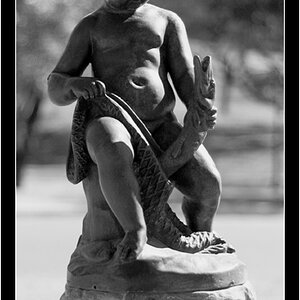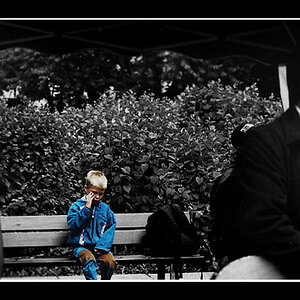Summer75
TPF Noob!
- Joined
- Dec 25, 2015
- Messages
- 93
- Reaction score
- 5
- Can others edit my Photos
- Photos OK to edit
Doing a photo booth and I have an off camera flash with softbox and lightstand that I am very comfortable using and I think will work well as my key light. I am doing a photobooth and want the cheapest possible light as a second light. The issue I am having is that I will need something to run on batteries as I won't have an AC outlet where the booth is. I am hoping to not spend more than $100 as it is something I won't use alot. Also, I live in Canada so it has to ship there. Ideas?


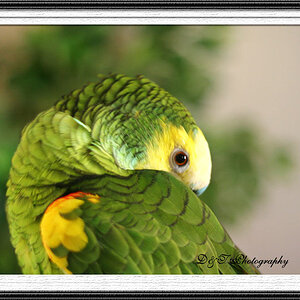
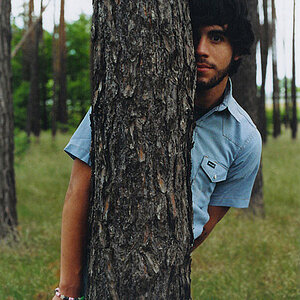
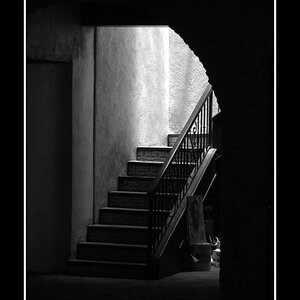

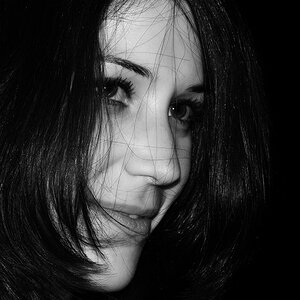
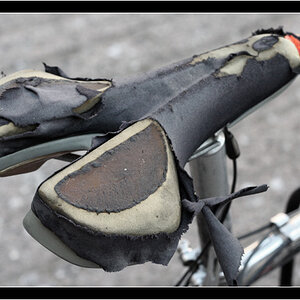

![[No title]](/data/xfmg/thumbnail/39/39471-60497f63216ffba784d91a339e9e917e.jpg?1619739043)
